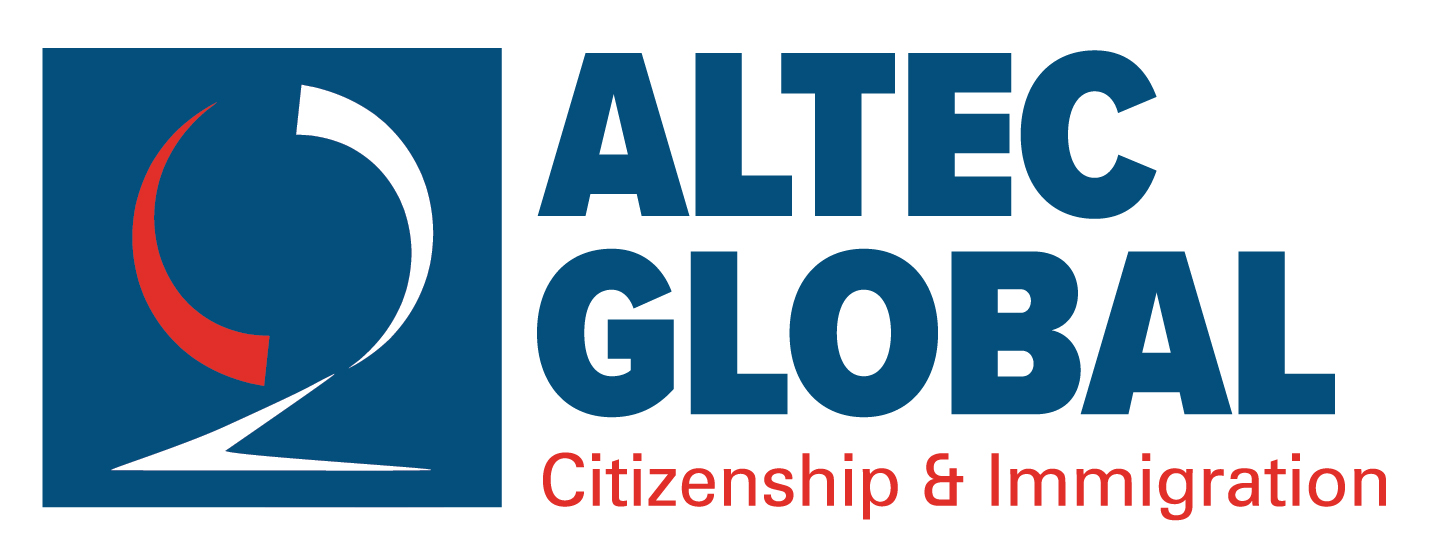In a groundbreaking move, Canada is set to introduce a new permanent economic class specifically for workers in TEER 4 and 5 occupations. This initiative, part of the Forward Regulatory Plan: 2024-2026, represents a significant shift in the country’s immigration policy, aiming to expand opportunities for a broader range of skilled workers. Here’s an in-depth look at what this new pathway means for Canada and potential immigrants.
The Essence of the New Pathway
The proposed amendments to the Immigration and Refugee Protection Regulations focus on creating a structured pathway to permanent residency for workers in Training, Education, Experience, and Responsibilities (TEER) 4 and 5 occupations. These roles are essential yet often lower-skilled positions in sectors such as healthcare, hospitality, and manufacturing. The government acknowledges the critical contributions of these workers to the Canadian economy and society, offering them a viable route to permanent residency.
What are TEER 4 and 5?
TEER 4 and 5 are categories within the Training, Education, Experience, and Responsibilities (TEER) system, which is part of Canada’s National Occupational Classification (NOC). The TEER system categorizes occupations based on the nature of the work, the skills required, and the level of formal education and training necessary. Here’s a brief explanation:
TEER 4:
Occupations that usually require a high school diploma or job-specific training.
Includes positions like general office clerks, retail salespersons, and food counter attendants.
These roles often involve routine tasks and provide on-the-job training rather than requiring extensive formal education.
TEER 5:
Occupations that typically need short-term work demonstration and no formal education.
Includes roles such as delivery drivers, cleaners, and helpers in various industries.
These positions usually require basic skills that can be acquired through on-the-job training.
These categories help in organizing and assessing the qualifications and work experience of individuals in various occupations, aiding in immigration and employment decisions. The new proposed changes in Canada’s immigration system aim to recognize and provide pathways to permanent residency for workers in these essential but often lower-skilled roles.
Key Features and Timeline
Pre-Publication and Finalization: The proposed regulations are scheduled for pre-publication in Fall 2024 in the Canada Gazette, Part I. Following public consultations and feedback, the final publication in Canada Gazette Part II will solidify these changes, establishing the new economic class.
Inclusion and Diversity: By focusing on TEER 4 and 5 workers, this initiative aims to diversify the skills and experiences among permanent residents. It recognizes the value of work experience gained in Canada and addresses the challenges faced by many foreign nationals in securing permanent status.
Impact on Businesses and the Economy
The introduction of this new pathway is expected to have a profound impact on businesses and the broader Canadian economy:
Addressing Labour Shortages: Industries heavily reliant on TEER 4 and 5 occupations, such as healthcare and hospitality, often face labor shortages. This new pathway will help employers retain skilled and experienced workers, reducing turnover and ensuring a stable workforce.
Economic Diversification: By welcoming a broader range of skills, the initiative supports Canada’s goal of economic diversification. It strengthens the country’s competitiveness and resilience in a globalized world.
Regulatory Cooperation and Implementation
Interestingly, the implementation of these amendments does not require cooperation efforts either domestically or internationally. This streamlined approach allows for a more efficient rollout, focusing on the specific needs of the Canadian labor market without the complexities of international negotiations.
Public Consultations and Stakeholder Engagement
As part of the regulatory process, Immigration, Refugees, and Citizenship Canada (IRCC) will engage in public consultations. This phase will provide an opportunity for stakeholders, including businesses, advocacy groups, and the general public, to review and comment on the proposed changes. The feedback gathered will be crucial in refining the amendments to ensure they meet the needs and concerns of all parties involved.
A Vision for the Future
The introduction of a new permanent economic class for TEER 4 and 5 workers reflects Canada’s commitment to creating a more inclusive and adaptable immigration system. It provides a structured pathway for essential workers to transition from temporary to permanent residency, recognizing their contributions to the Canadian dream.
As the Fall 2024 target date approaches, anticipation is building among potential candidates and employers alike. This initiative promises to usher in a new era of opportunity, fostering economic growth and social cohesion in Canada.
In conclusion, Canada’s Forward Regulatory Plan 2024–2026 is a pivotal step towards a more inclusive immigration system. By expanding opportunities for TEER 4 and 5 workers, the government is addressing current labor market needs while laying the foundation for a diverse and prosperous future.
At Altec Global, we are dedicated to helping individuals achieve their Canadian immigration dreams, no matter how challenging the circumstances may seem. If you need immigration assistance, we encourage you to contact our team for a personalized assessment.


Recent Comments